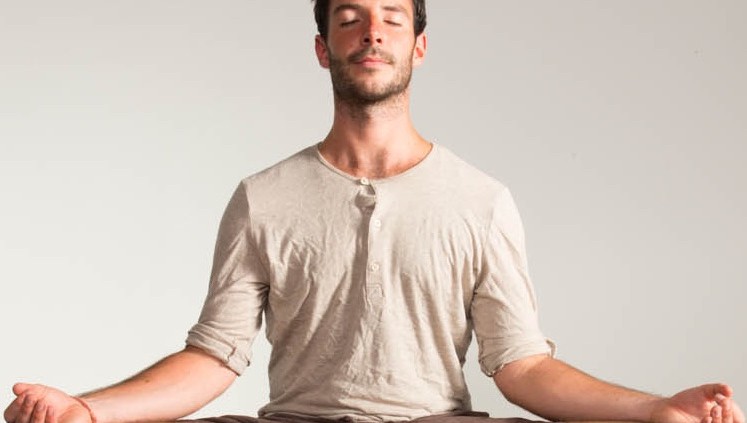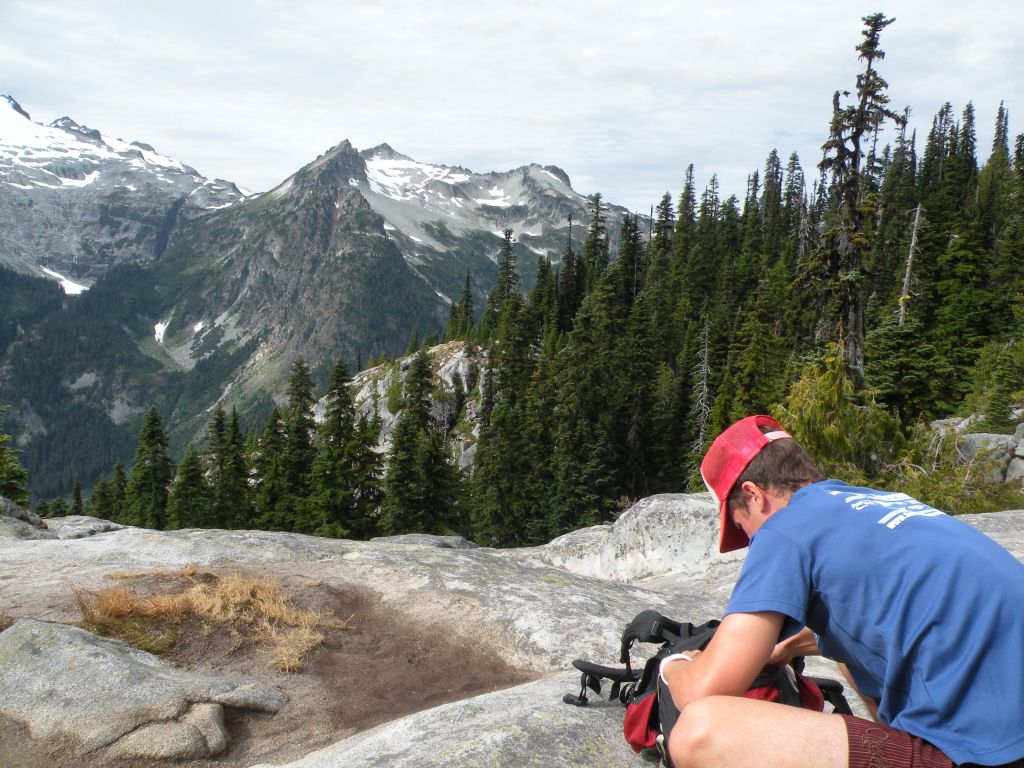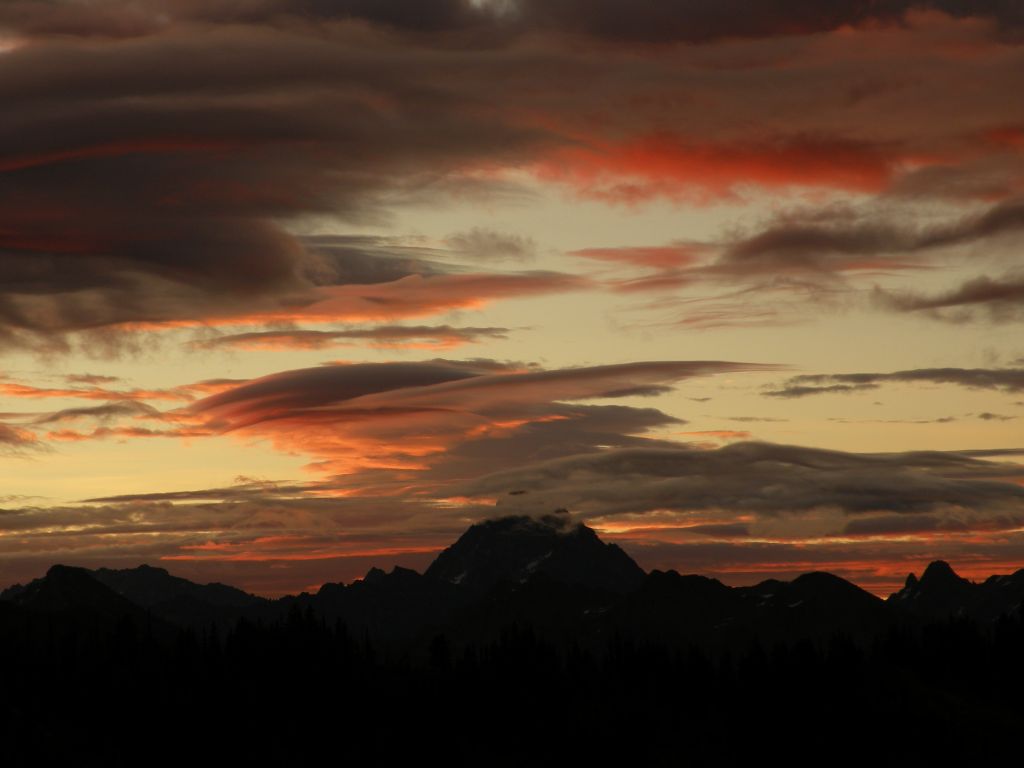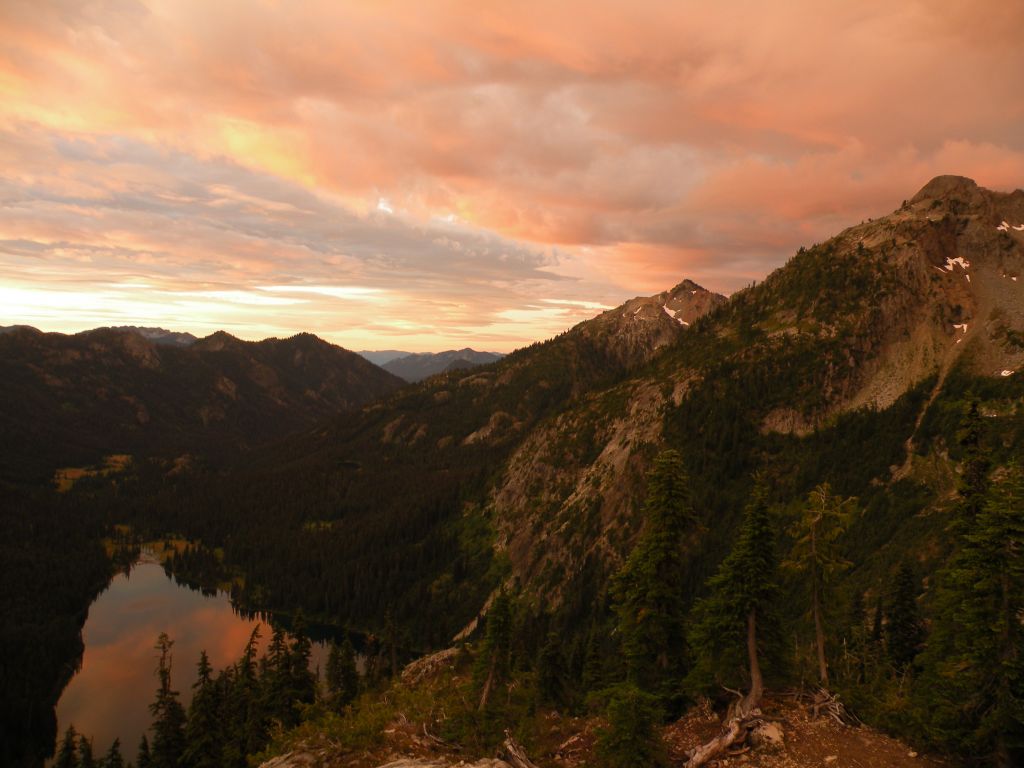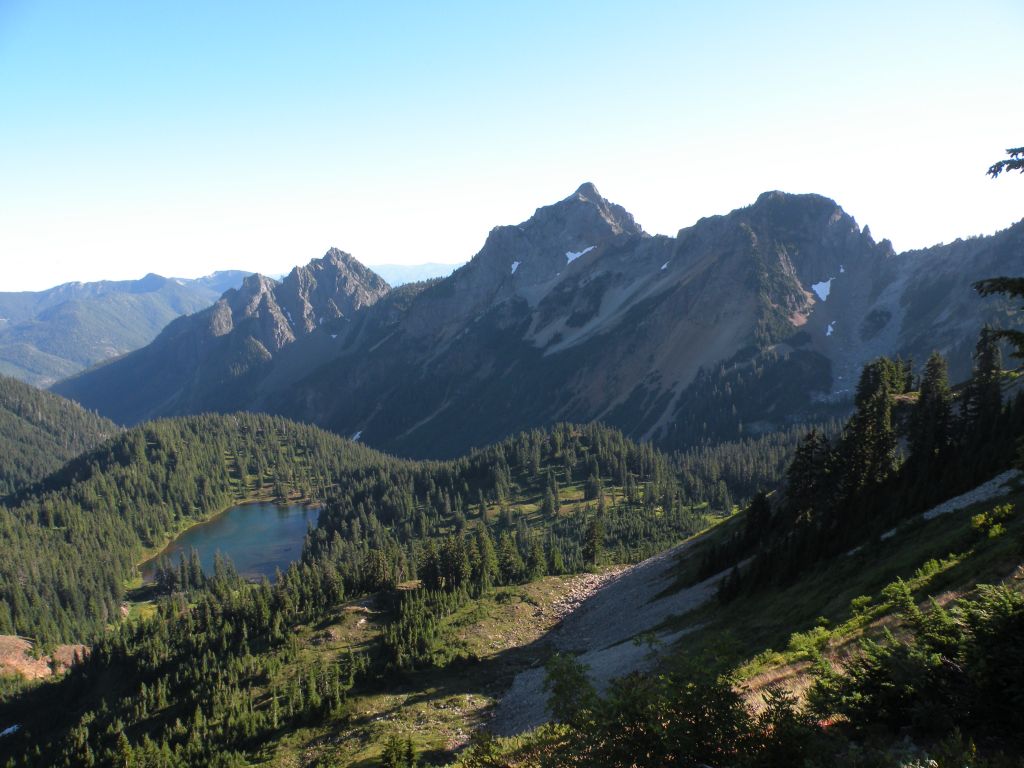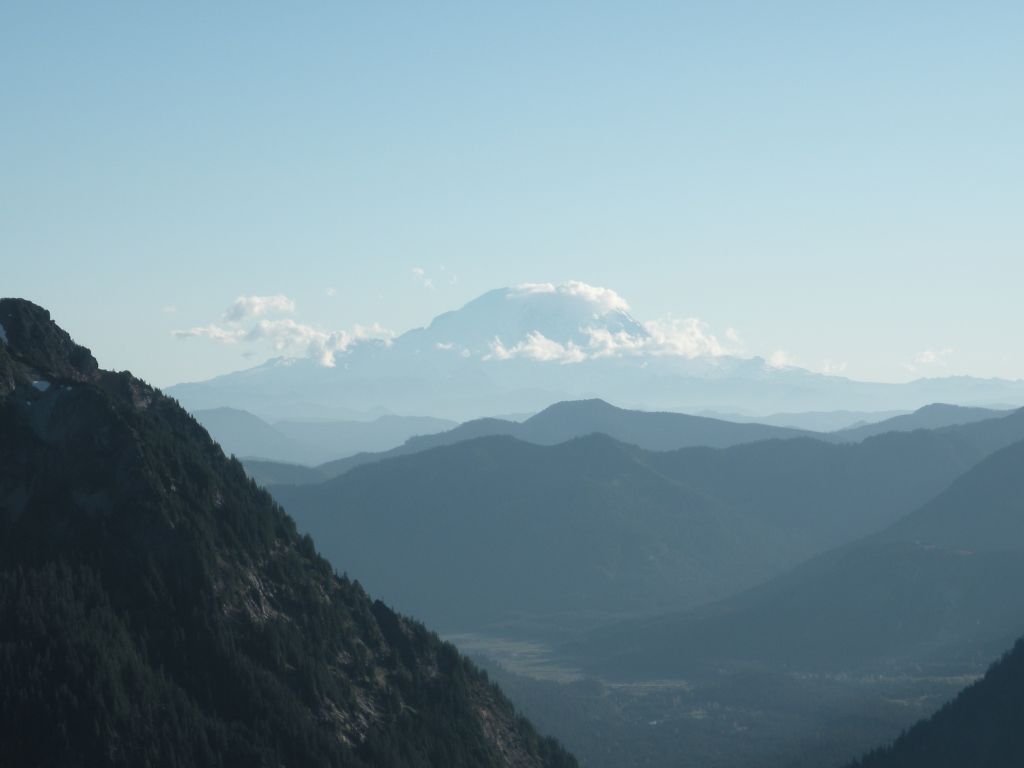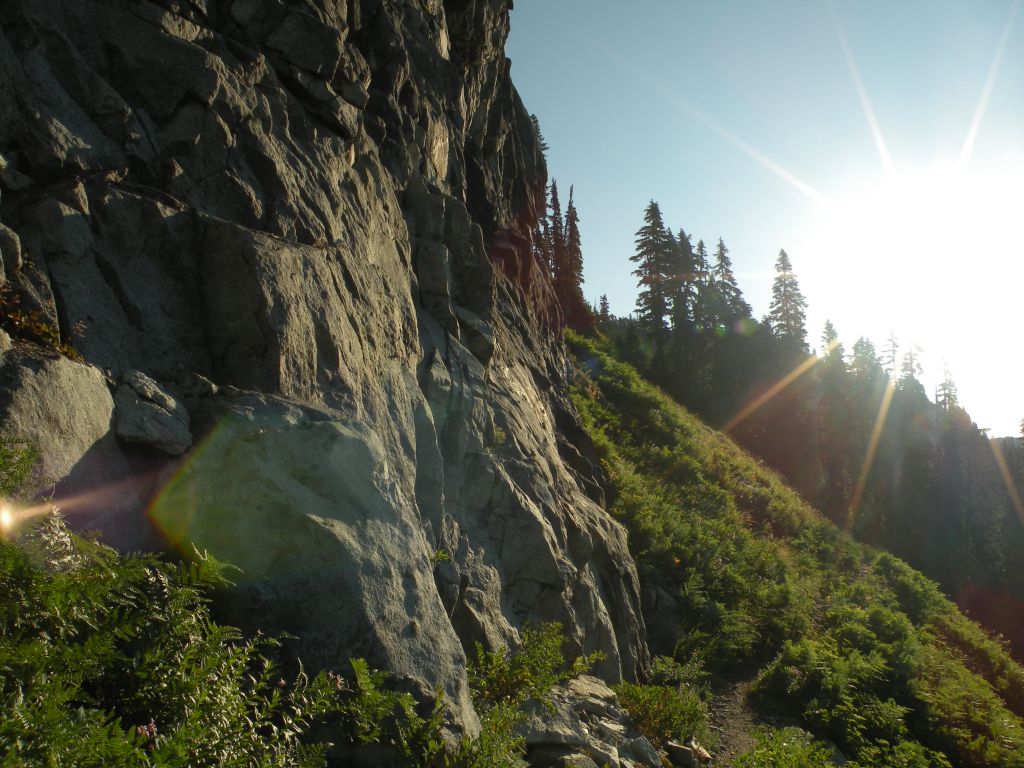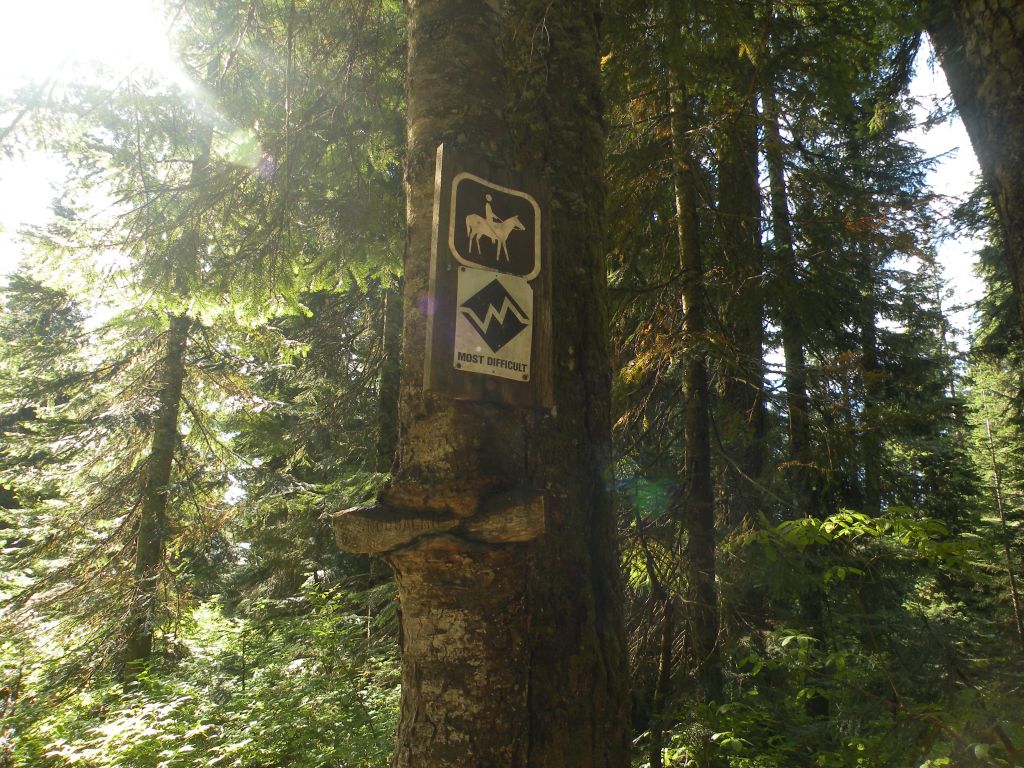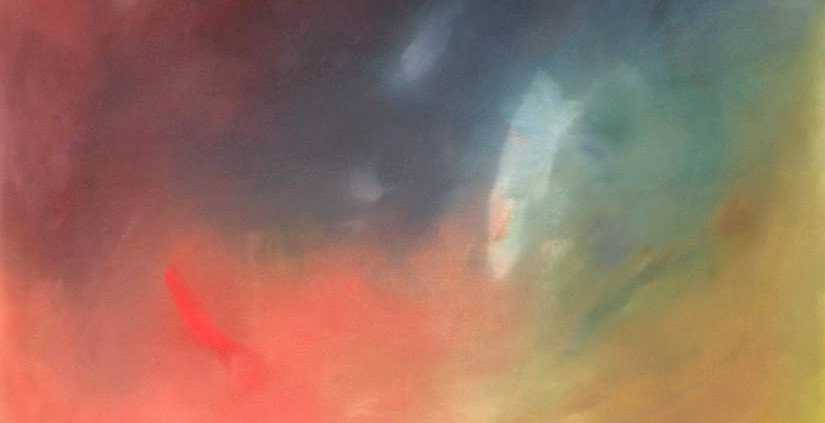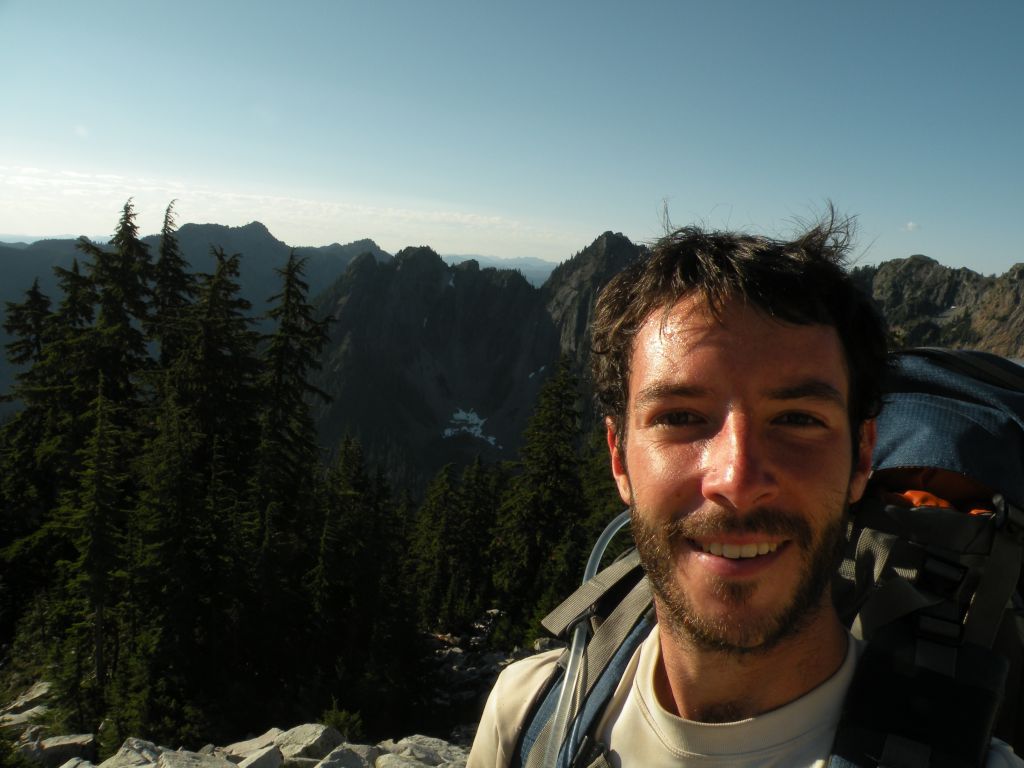Some Kind of Transcendence: 10-Day Vipassana Silent Meditation Retreat
Okay, first of all, calling this a retreat is totally silly. I’d go with something more like meditation boot camp. I got back yesterday from my ten-day (actually ten full plus two half-days) Vipassana meditation course at the Dhamma Kunja in Onalaska, WA. Looking back through the website, I see that there is all sorts of information I didn’t look at carefully before I went. It wouldn’t have made much of a difference, but I don’t think I realized how rich and intense an experience I was getting myself into when I signed up for this.
So, the course. Amazing. Extremely difficult. Exhausting and exhilarating. Definitely a major life experience that I will come back to again and again. I’m pretty sure there was at least one moment each day when the thought of leaving early slipped into my mind. I’m so glad I didn’t. The teacher, S. N. Goenka, describes at the beginning of the course that it will be like “giving yourself brain surgery,” but not to worry because the wound will be tended to and balm applied by the last day of the course.
There are a number of reasons I’m not going to describe my experience in excruciating detail (edit: it appears I have gone ahead and described it in excruciating detail. If it’s any consolation, there is so much more I could have said). First, everyone has a very different experience, and although most of the students ended up at about the same place, each had his own very unique path for getting there. So I don’t want to taint any experience you may have if you take the course by filling you with ideas of how it should go. And second, if you have any inclination toward self-examination or the spiritual arts, I want you to go take this course. I think it can do amazing things for anybody who is willing to commit to try it seriously. Every person I talked to on the last day (yes, we could speak again on Day 10) had a meaningful and powerful experience. Going into too much detail about the physical and mental difficulties might dissuade you from a fantastic opportunity. But, yes, sitting in meditation for 100 hours in ten days hurts a lot in a lot of different ways. And third, I just got back from being totally in my own head for ten days, and that is a LOT to describe. More than I want to write, more than you want to read. Instead, some highlights and comments on things people are most curious about.
The Theory
The official website does a better job of describing this accurately, but I’ll give my understanding of how this all works. Although this is an entirely non-sectarian teaching and technique, it is supposedly the very one developed by the Buddha to achieve liberation and enlightenment, so that is the ultimate goal. There are three main segments of the teaching, and by perfecting all three you reach a transcendent state of being. These focuses are morality, mental concentration, and wisdom through eradication of impurities from the mind. These are the same values that many traditions teach and have taught throughout history, but there is one key difference. Most teachings go only as far as an intellectual understanding of wisdom. Vipassana teaches wisdom through direct experience of observation of sensation in the body. Even seeing something first-hand is not enough to gain this wisdom; one must feel it in the body to understand and the deepest and subtlest level. This is also the biggest difference between my previous experiences with Buddhist thought and this course. I’ve learned a good deal about the Eight Fold Path, the Four Noble Truths, etc, etc, but I’ve never gone as far as to cultivate that understanding within the body. By practicing morality, concentration, and wisdom, one will become free from craving and aversion, which are the root causes of the misery we all suffer.
Another twist is that one cannot practice pure concentration unless morality is already satisfied, nor pure wisdom unless concentration is already solidified. So for the ten days, we were scrupulous about our morals by taking five precepts: no killing, no stealing, no sexual misconduct, no telling lies, no intoxicants. Maybe (read: definitely) we were not great at upholding all these before the course started, but at least for the ten days we would be able to work on the purest concentration and wisdom. To get started on our concentration, we spent the first three days of the course focusing solely on the breath with Anapana meditation. Not altering the breath in any way, rather just observing it flowing in and out of the body through the bottom of the nostrils. This was a lot of time to spend on such a small part of the body, but by the end of the third day I could feel a remarkable increase in the sharpness of my mind. I could feel subtle sensations that would have been otherwise masked by coarser feelings throughout the body (like extreme hip and knee pain from sitting ten hours a day, but that goes away). With our sharpened minds, we started in on the insight technique itself, Vipassana. The technique is basically a body-scan meditation. With heightened awareness, one runs circuits through the body feeling the sensation on every part. Instead of reacting to the sensations (even if they are intense pain or pleasure), one observes each one equanimously. Through extensive practice, this teaches the body at an unconscious level to not react with craving or aversion to external stimuli, and rather maintain a balanced, harmonious demeanor. At the same time, the unconscious mind creates tensions in the body based on past injuries (physical, emotional, mental) and negativity. By remaining balanced in the presence of these knots, one slowly unties them, gradually purifying the mind and relaxing the body. Any description of this is bound to fall short; it must be experienced to cultivate this wisdom.
Goenka
The course is taught by S. N. Goenka, through audio and video recordings. This (among other things) made it sound potentially cultish to me, but it’s really not at all. The whole system is super transparent, and the more you look into it the more you find that the organization functions with the morals it teaches. Only past students are allowed to donate. All the courses are totally free to allow the purest spread of the teaching and intention of the students taking them. Goenka passed away last month, and even from the videos you can feel how pure his spirit and intentions are. He’s a wonderful teacher – strict when necessary, but always compassionate, endearing, and funny. There were definitely a moments of wanting to forcibly make him shut up after the fifth story about stepping on a person laying on the ground and all the possible emotional repercussions depending on this factor or that factor. I’m pretty sure he was always doing that on purpose to teach us something, though.
Noble Silence
Everyone seems to be most curious about the silence at the course. It was an intriguing aspect throughout, but mostly not for reasons I expected. It turned out to be easy to be silent for the ten days (to be fair, there was a small amount of talking allowed with the assistant teacher to clarify the technique). Getting to know 30 people (men and women are separated completely) without speaking, eye contact or gestures is revealing and often hilarious. I thought the main reason for the silence was to simulate being in isolation throughout, and while that was a part of it, there were two more important reasons. First, it would have been bad to share our experiences with the other meditators while the course was happening (and why I hope you don’t build expectations off my experience). We all started and ended in similar places, but everyone had very different paths for getting there. On days when I was elated, other people were dejected, and a couple days later we would have switched. Second, we had agreed to the precept of not telling lies. It turns out the only way to get us to abstain from lying is to keep us totally silent. Every time we speak, our words are colored by the people we’re talking to, the emotion we’re trying to convey. Most of the time I don’t think we even know what the truth is. Even if it’s clear at the apparent level, we could be totally off the mark on a deeper level. Having just been quiet for a long time, this has become easily understood in my everyday interactions. So, we kept our mouths shut.
Misery
Misery was one of the main topics of discussion, and it really changed the way I understand how and why we suffer. Basically, there is only a limited amount we can do to influence the sensations coming into the body and mind. The path to liberation isn’t about putting yourself in constantly pleasant situations, but rather changing how you react to sensations. With proper training, we all have the ability to control the way we react to external stimuli. Slowly we can alter our unconscious conditioning, which has been taught to cultivate craving and attachment toward pleasurable sensations and aversion and hatred toward negative or painful sensations. Focusing on the sensations of the body with equanimous awareness brings this into the unconscious mind. I felt this in tangible ways. Most obviously, my pain tolerance increased and sitting for an hour at a time without moving a muscle became no problem at all. I feel more patient, understanding, focused, and comfortable being with myself. While becoming harmonious with whatever is happening to us, we also develop our compassion for all beings, which makes the whole thing a lot less detached-sounding.
Perception
The meditation technique requires closed eyes, so between ten hours of sitting and six to seven hours of sleeping, we weren’t getting a lot of visual stimulation (we also woke up at 4 AM every morning, so it was dark a lot of the time our eyes were open). Sounds were similarly absent. No talking, hardly any traffic sounds. The loudest thing we heard were the cows grazing on the surrounding farms (they were also the loudest smell). There was no touching allowed between students, so all in all we were very sensation-deprived. I’m sure this is important for increasing the sensitivity of the mind for feeling the most subtle sensations on the body, but it also came with intense awareness of sights and sounds. I felt a little bit like a new born baby or vampire constantly shielding myself from the bright sun (and this is Washington – I’m not sure I’ve ever called the sun here bright before) and guarding my ears.
Food
Oh man, the food was so good. Maybe partly due to increased sensory acuity, but also because it was just really well done. We ate twice a day, at 6:30 AM and again at 11:00 AM, and new students were allowed a piece of fruit with their 5:00 PM tea. Goenka also read my mind on the second day and pointed out that we probably think this means we should eat twice as much at lunch to make up for no dinner. Instead, he suggested we only eat three-quarters what we normally would, as the stomach needs to be at least one-quarter empty to meditate properly. Having eaten that extra piece (or two) of cornbread or bowl of veggie stir-fry a couple times, I can vouch for him on this one. By the third day I would have about 20 minutes in the afternoon when I was hungry, but it would go away quickly. After all, we were hardly burning any calories. I was good about eating a little less than I thought should, but sometimes the food was, ironically, too good to resist.
Weird Things
Weird stuff happened. It sounded like everyone had some weird experiences, but hardly anybody described the same thing. Electricity, heat, separation of consciousness, dissolution of body parts, mental gymnastics, pools of energy. Sleeping was difficult, and I found out that the mind and the body don’t necessarily need to rest at the same time. So I meditated in the middle of the night, and felt great in the morning. Lots of music stuck in heads and words or phrases repeated ad nauseam. I actually did think I might puke once. Then I laughed imagining how ridiculous it would be if someone just keeled over and vomited all over the place in this big peaceful room with 80 people silently focusing on their breath. I had a kind of scary moment of bringing my awareness deep into my heart and being able to feel the blood moving from one chamber to another. I was near my watch and I clocked my heart rate at a peppy 30 beats per minute, the lowest I’ve ever felt it. I started to feel dizzy and worry that I might accidentally die, so I moved on. I had some ringing in my ears, but the assistant teacher reassured me that “the mind does some strange things.” It went away after two days.
Neuroscience
We didn’t talk about this at all, but I am really curious about all the neuroscience going on here. I have some experiments I want to do on myself, but I’ll need to find myself a high-resolution infrared video camera and an MRI machine. If you know articles or studies on any of this stuff (or want to share access to your advanced technologies), please send them on! A book I’ve mentioned before, Happiness by Matthieu Ricard, touches on some of this stuff as well.
Moving Forward
I feel like I’ve written so much, but that I’ve barely scratched the surface. The thing is that words really cannot do this experience justice. It is so much about being present and experiencing your own awareness. I didn’t even begin to talk about some of the most powerful topics we covered, like gratitude, compassion, addiction, unconditional love, giving away your energy, being at peace in adversity. This is a course on the art of living, and in practicing the art of living, we acquire the art of dying. Goenka explained that an experienced Vipassana practitioner always dies with a smile, knowing that he has lived well. Moving forward, I plan to continue with an hour meditation in the morning and an hour in the evening, and I expect I’ll attend and help out at more ten-day courses in the future. Two weeks ago, I had trouble sitting quietly for twenty minutes at a time, and would only try for thirty if I was already feeling fully at peace. The meaning of meditation has transformed in my mind, and in such a practical way. It’s no longer an attempt to become more relaxed. Instead it’s a fully engaged activity from which a relaxed and strengthened mind are welcome by-products. It’s strange to say that such an abstract experience was so thoroughly practical, but that is the merit of the technique. If you’re curious, I highly recommend trying it out for yourself. Just promise yourself not to leave the course early. Nobody wants a brain surgery left half-done.

